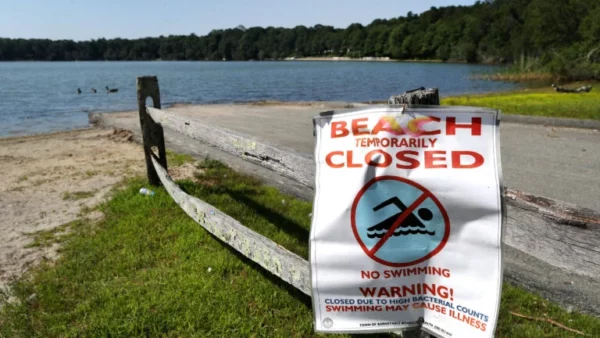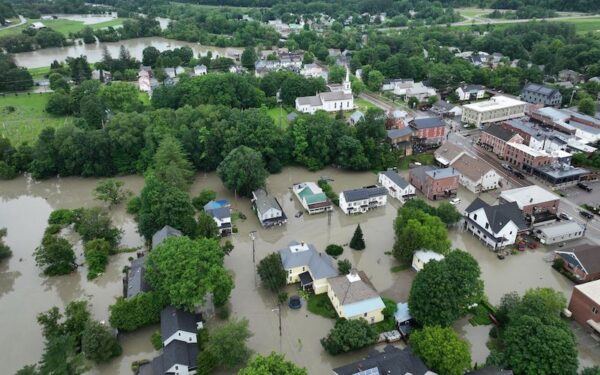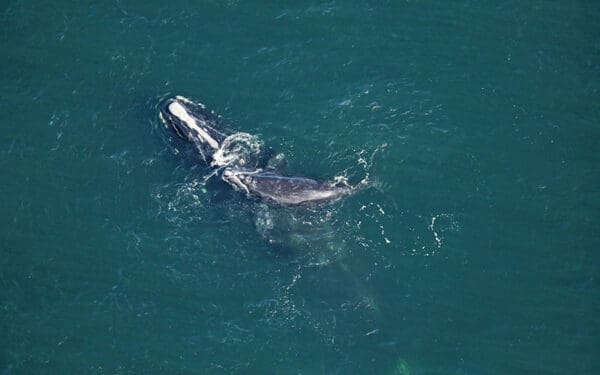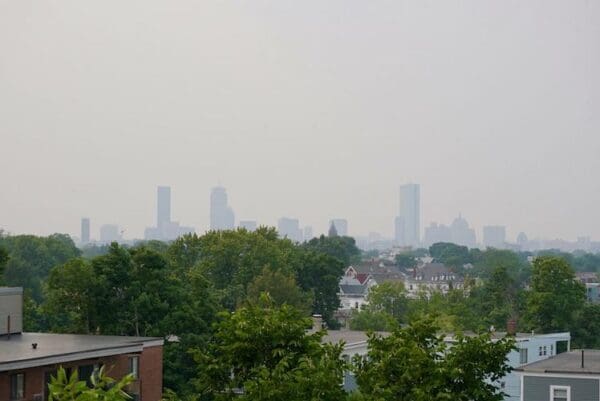The Truth about Hydrogen
Big Gas and Oil and utility companies are urging us to use hydrogen like we do other fossil fuels – which will damage the climate and our health

Big Gas and Oil and utility companies are urging us to use hydrogen like we do other fossil fuels – which will damage the climate and our health

CLF’s top dog calls for action on toxic pollution that can kill dogs and sicken people

Hosting a waste-free gathering doesn’t have to be difficult. Here are a few tried-and-true tips to reduce food waste on your next summer cookout – and during your holiday feasts, too.

Numerous beach closures in the summer of 2023 were a result of climate change and stormwater pollution.

Around New England and around the country, the summer of 2023 was a summer of extreme weather.

North Atlantic right whales are on the verge of extinction – and we humans remain the biggest threat to their survival. Scientists are clear: We can’t afford to lose even one whale a year due to human causes if this critically endangered species is to recover. Collisions with boats and ships are one of those… Continue reading Special Interests Aim to Sink Regulations Protecting Endangered Right Whales

Climate change means heat waves are getting longer and more frequent. But cities can prepare by implementing three simple steps.

The debt ceiling bill included measures to speed up permitting of energy infrastructure. Here’s why they could actually make things worse.

These proposed standards can reduce carbon pollution, but need to be more stringent to work.

Wildfires in Canada are creating a smoky haze around New England as a signal of the costs of climate change.
